While the five generations that Gerard Healy’s family have spent farming in Rathcroghan, mid-Roscommon, may seem substantial, they pale in comparison with the six millennia over which farming has been practiced in this ancient limestone farmscape.
Though the scattered archaeological remains of Gerard’s prehistoric farming predecessors are today considered to be of global significance, for Gerard, his wife Anita and their children, Patrick and Rebecca, this legacy has proven somewhat of a mixed blessing.
Rathcroghan, or Cruachan Aí, is one of Ireland’s six ‘royal sites’ and is the burial place of the ‘warrior Queen’ Medb of Connacht, one of the protagonists in the epic tale ‘Táin Bó Cúailnge’.
The site’s 725ha core area contains a remarkable 240 archaeological features, 70 of which are national monuments, including Oweynagat, the traditional home of Halloween and an “entrance to the other world”.
While Rathcroghan mound – where the kings and queens of Connacht were once inaugurated – is the State-owned centrepiece of the region’s archaeology (celebrated in the wonderful community-owned visitor centre in nearby Tulsk), it encompasses a much wider landscape where 50 families continue farming today, mostly part-time cattle and sheep enterprises.
Beaten at every turn
Such a unique and precious resource needs protection and management, but finding a balance between this and the ongoing housing and farming needs of the local community has proven contentious and challenging.
Gerard, for example, spent a lot of time and money trying to get permission to build a dwelling house on his farm, close to that of his parents, but faced multiple obstacles, many of them relating to the local archaeology.
Eventually, he gave up the fight and moved to Roscommon town where he has lived for over a decade, commuting once or twice daily to do the work that he most loves: farming.
Gerard took over the farm almost 20 years ago. Growing up with his sister and parents in what was a typical mixed-farm system, he worked in a number of off-farm jobs to supplement his income, gradually simplifying his farming system to suit.
Today, he works full-time off-farm and runs a beef finishing operation on his 75 acres.

Gerard with Rathcroghan’s ‘postcard’ garden display at Bloom which attracted great public interest, as well as improved understanding and appreciation of farming in the area.
Buying in 40 to 50 beef stores is an expensive – and risky – business, with no guarantee of a return on the original investment – or the added costs of labour and supplementary feed required to finish these cattle under 30 months.
Gerard admits to sometimes feeling “beaten at every turn” as a farmer – and with an accountant for a wife there is no escaping the economic reality.
He persists regardless as, for him, it’s almost a form of therapy to be fixing fences, clearing out sheds or herding cattle.
Partnership and its benefits
You could forgive Gerard if he was bitter and felt “forced out” of his farm by planning restrictions, falling beef prices and spiralling input costs. But that would be to underestimate this hardworking, community-minded man who, against the odds and to his great credit, has instead become a compelling advocate for Rathcroghan’s archaeology and the needs of its farming community.
Gerard’s first real insight into this archaeology was as a young man helping with geophysical surveying of some of the monuments. He enjoyed the work, the learning and discovering – once even finding an ancient melting pot at a nearby fort site. This led to his subsequent participation in the Rathcroghan Resource Community Group which helped bring opposing voices together – “many’s the row that was had” – and helped soothe a bitter legacy of ill-feeling between farmers and State authorities.
This opened the door to co-operation and partnership, in turn unlocking dividends in the form of a successful €1m European Innovation Partnership (EIP) project, Farming Rathcroghan.
Recently concluded, this project has left a legacy of positivity, partnership – and hope that perhaps archaeology can help, and not just hinder, farming in the area.
Practical yet innovative
local solutions
Gerard Healy has been active in every sense in the EIP – helping with the project application, knocking on neighbours’ doors to elicit buy-in, advising the project team, attending multiple meetings and field trips and carrying out work on his land.
It’s refreshing to hear about the practical but innovative approach adopted by the EIP through which farmers were rewarded for how well they managed their fields for archaeology.
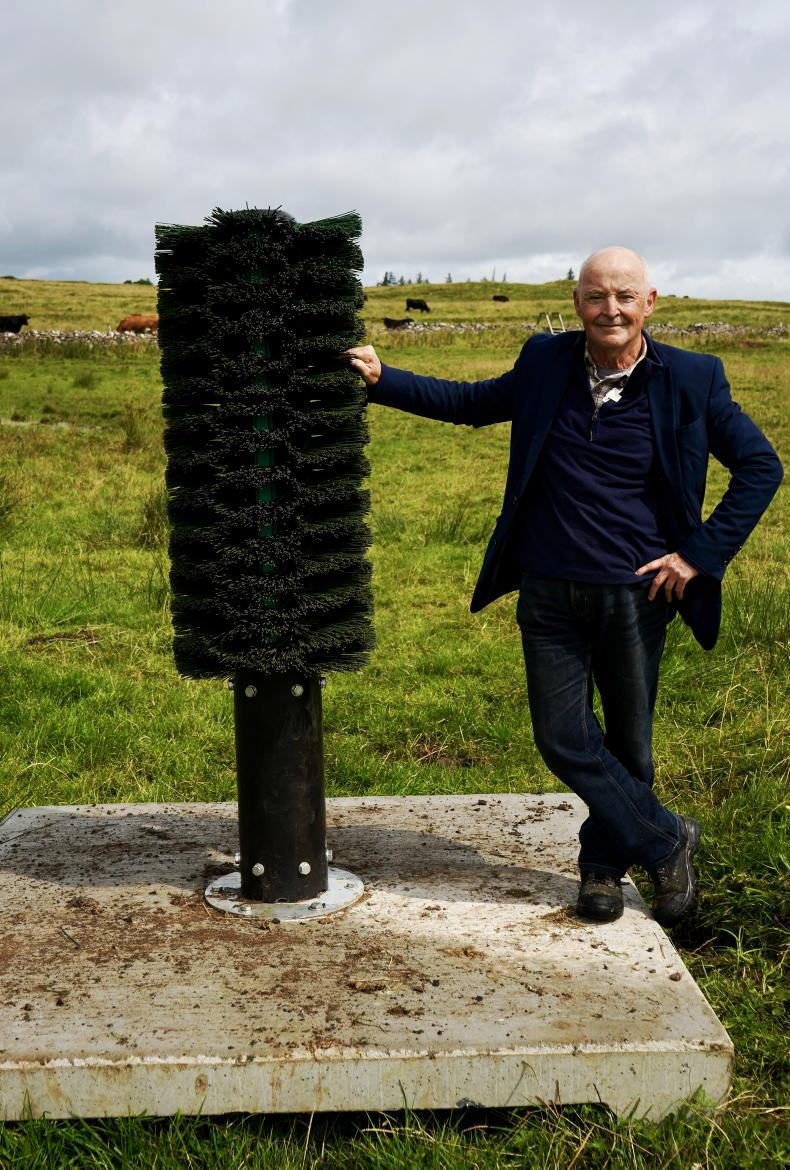
Farming Rathcroghan EIP manager Richie Farrell with a movable outdoor scratching post.
This was assessed using a bespoke field scoring system: to improve field scores and optimise payments, farmers had to avoid damaging the above- or below-ground structures, for example, through excessive use of heavy machinery, poaching, or even driving stakes for fencing.
To avoid such damage and address problem areas, the EIP came up with simple, locally-sourced alternatives – such as electrified resting frames to deter stock from expanding areas of bare ground, floating fenceposts and ingenious livestock scratching posts anchored in a movable concrete pad.
Slurry-spreading machinery was adapted to reduce compaction, reseeding was done by stitching and supplementary feeding areas were stoned.
Another innovation was the beautiful wrought iron farm gates which have become an emblem for the project: modified from a traditional local gate style, they tell the story of the Táin with the two bulls shown on either side of the mound.
Even the choice of colour was inspired: deep red, selected by a colour analysis of the surrounding landscape.
The project was a big success – field scores improving by 30% thanks to multiple, simple, co-funded interventions – but Gerard and his colleagues remain focused on the bigger picture: finding long-term support for all of Rathcroghan’s farmers so that the ancient story of farming here can continue, with new chapters written by future generations.
While farming remains his first love, Gerard sees that the archaeology with which he and his ancestors grew up, and which has frustrated his ambitions in many ways, may ultimately hold the key to unlocking a brighter future: figuratively farming the past and thereby offering hope for his future farming journey and that of his neighbours.
For more on the archaeology and agriculture EIP at Rathcroghan, visit https://www.farmersjournal.ie/archeology-and-agriculture-at-rathcroghan-765739.
To find out about the archaeological and architectural heritage on your land or in your area, visit www.webgis.archaeology.ie/historicenvironment. Enter your address in this Historic Environment Viewer to find descriptions and images of these sites.
The Farming Rathcroghan project has tips on the dos and don’ts around managing grassland archaeology. Click here.Treat archaeological sites a bit like icebergs. Remember that what you see is only part of the story, what lies beneath may be even more significant. Thus, try to avoid any possibility of the site and its surrounds being damaged by livestock or machinery. Keep farming it in a gentle way – light grazing works well. Keep an eye out for any damage, but don’t attempt any repairs without first consulting the National Monuments Service.
While the five generations that Gerard Healy’s family have spent farming in Rathcroghan, mid-Roscommon, may seem substantial, they pale in comparison with the six millennia over which farming has been practiced in this ancient limestone farmscape.
Though the scattered archaeological remains of Gerard’s prehistoric farming predecessors are today considered to be of global significance, for Gerard, his wife Anita and their children, Patrick and Rebecca, this legacy has proven somewhat of a mixed blessing.
Rathcroghan, or Cruachan Aí, is one of Ireland’s six ‘royal sites’ and is the burial place of the ‘warrior Queen’ Medb of Connacht, one of the protagonists in the epic tale ‘Táin Bó Cúailnge’.
The site’s 725ha core area contains a remarkable 240 archaeological features, 70 of which are national monuments, including Oweynagat, the traditional home of Halloween and an “entrance to the other world”.
While Rathcroghan mound – where the kings and queens of Connacht were once inaugurated – is the State-owned centrepiece of the region’s archaeology (celebrated in the wonderful community-owned visitor centre in nearby Tulsk), it encompasses a much wider landscape where 50 families continue farming today, mostly part-time cattle and sheep enterprises.
Beaten at every turn
Such a unique and precious resource needs protection and management, but finding a balance between this and the ongoing housing and farming needs of the local community has proven contentious and challenging.
Gerard, for example, spent a lot of time and money trying to get permission to build a dwelling house on his farm, close to that of his parents, but faced multiple obstacles, many of them relating to the local archaeology.
Eventually, he gave up the fight and moved to Roscommon town where he has lived for over a decade, commuting once or twice daily to do the work that he most loves: farming.
Gerard took over the farm almost 20 years ago. Growing up with his sister and parents in what was a typical mixed-farm system, he worked in a number of off-farm jobs to supplement his income, gradually simplifying his farming system to suit.
Today, he works full-time off-farm and runs a beef finishing operation on his 75 acres.

Gerard with Rathcroghan’s ‘postcard’ garden display at Bloom which attracted great public interest, as well as improved understanding and appreciation of farming in the area.
Buying in 40 to 50 beef stores is an expensive – and risky – business, with no guarantee of a return on the original investment – or the added costs of labour and supplementary feed required to finish these cattle under 30 months.
Gerard admits to sometimes feeling “beaten at every turn” as a farmer – and with an accountant for a wife there is no escaping the economic reality.
He persists regardless as, for him, it’s almost a form of therapy to be fixing fences, clearing out sheds or herding cattle.
Partnership and its benefits
You could forgive Gerard if he was bitter and felt “forced out” of his farm by planning restrictions, falling beef prices and spiralling input costs. But that would be to underestimate this hardworking, community-minded man who, against the odds and to his great credit, has instead become a compelling advocate for Rathcroghan’s archaeology and the needs of its farming community.
Gerard’s first real insight into this archaeology was as a young man helping with geophysical surveying of some of the monuments. He enjoyed the work, the learning and discovering – once even finding an ancient melting pot at a nearby fort site. This led to his subsequent participation in the Rathcroghan Resource Community Group which helped bring opposing voices together – “many’s the row that was had” – and helped soothe a bitter legacy of ill-feeling between farmers and State authorities.
This opened the door to co-operation and partnership, in turn unlocking dividends in the form of a successful €1m European Innovation Partnership (EIP) project, Farming Rathcroghan.
Recently concluded, this project has left a legacy of positivity, partnership – and hope that perhaps archaeology can help, and not just hinder, farming in the area.
Practical yet innovative
local solutions
Gerard Healy has been active in every sense in the EIP – helping with the project application, knocking on neighbours’ doors to elicit buy-in, advising the project team, attending multiple meetings and field trips and carrying out work on his land.
It’s refreshing to hear about the practical but innovative approach adopted by the EIP through which farmers were rewarded for how well they managed their fields for archaeology.

Farming Rathcroghan EIP manager Richie Farrell with a movable outdoor scratching post.
This was assessed using a bespoke field scoring system: to improve field scores and optimise payments, farmers had to avoid damaging the above- or below-ground structures, for example, through excessive use of heavy machinery, poaching, or even driving stakes for fencing.
To avoid such damage and address problem areas, the EIP came up with simple, locally-sourced alternatives – such as electrified resting frames to deter stock from expanding areas of bare ground, floating fenceposts and ingenious livestock scratching posts anchored in a movable concrete pad.
Slurry-spreading machinery was adapted to reduce compaction, reseeding was done by stitching and supplementary feeding areas were stoned.
Another innovation was the beautiful wrought iron farm gates which have become an emblem for the project: modified from a traditional local gate style, they tell the story of the Táin with the two bulls shown on either side of the mound.
Even the choice of colour was inspired: deep red, selected by a colour analysis of the surrounding landscape.
The project was a big success – field scores improving by 30% thanks to multiple, simple, co-funded interventions – but Gerard and his colleagues remain focused on the bigger picture: finding long-term support for all of Rathcroghan’s farmers so that the ancient story of farming here can continue, with new chapters written by future generations.
While farming remains his first love, Gerard sees that the archaeology with which he and his ancestors grew up, and which has frustrated his ambitions in many ways, may ultimately hold the key to unlocking a brighter future: figuratively farming the past and thereby offering hope for his future farming journey and that of his neighbours.
For more on the archaeology and agriculture EIP at Rathcroghan, visit https://www.farmersjournal.ie/archeology-and-agriculture-at-rathcroghan-765739.
To find out about the archaeological and architectural heritage on your land or in your area, visit www.webgis.archaeology.ie/historicenvironment. Enter your address in this Historic Environment Viewer to find descriptions and images of these sites.
The Farming Rathcroghan project has tips on the dos and don’ts around managing grassland archaeology. Click here.Treat archaeological sites a bit like icebergs. Remember that what you see is only part of the story, what lies beneath may be even more significant. Thus, try to avoid any possibility of the site and its surrounds being damaged by livestock or machinery. Keep farming it in a gentle way – light grazing works well. Keep an eye out for any damage, but don’t attempt any repairs without first consulting the National Monuments Service.







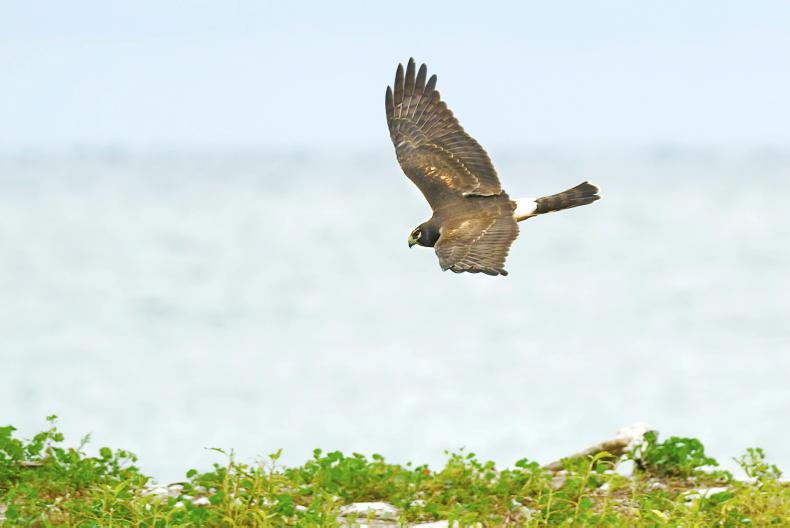

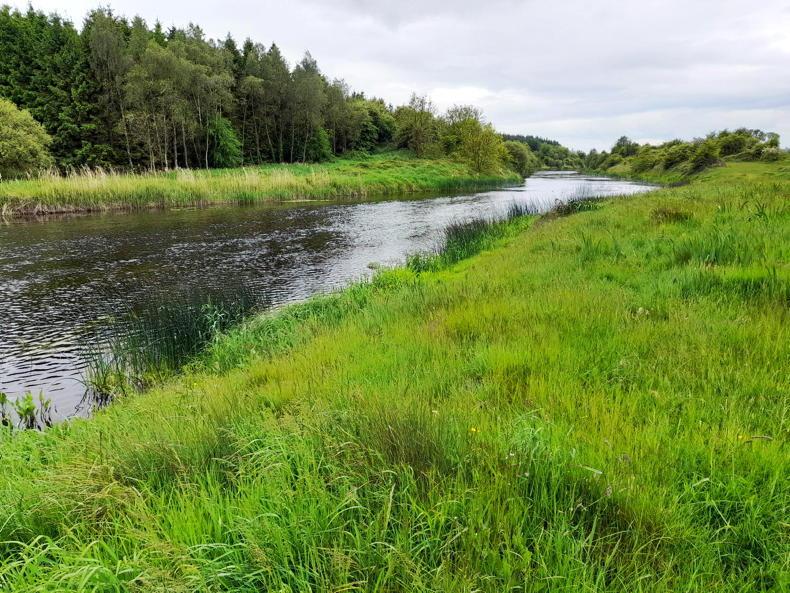
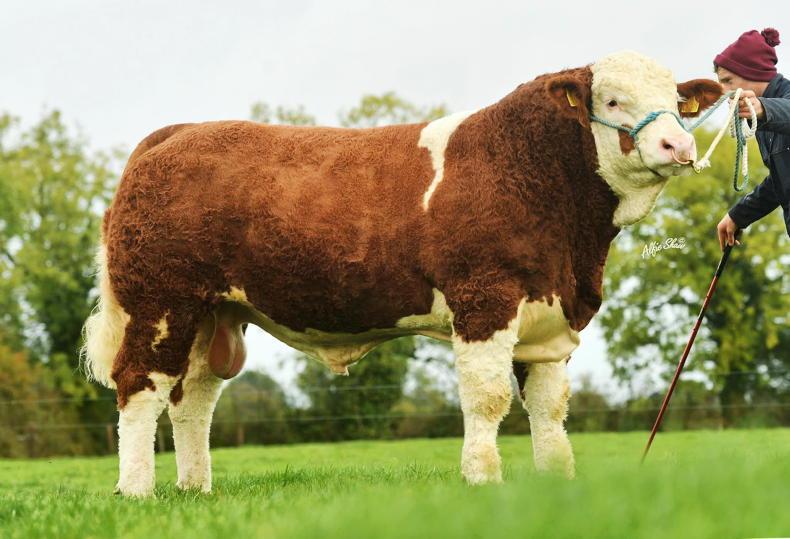
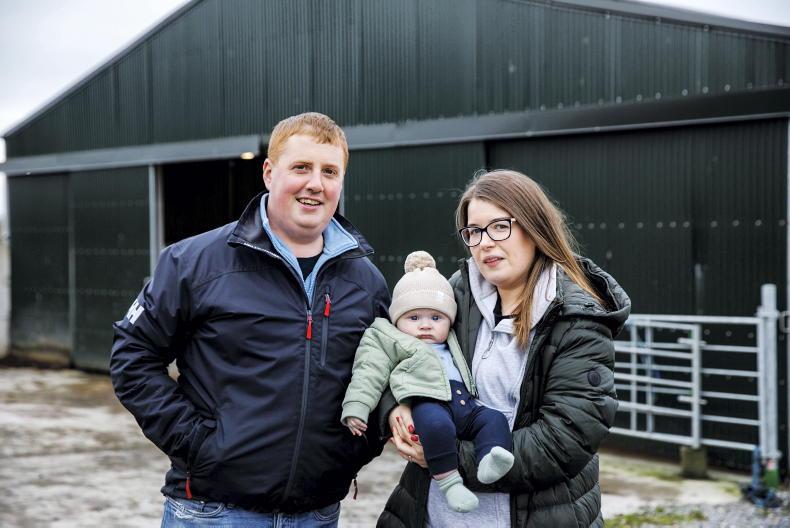
SHARING OPTIONS